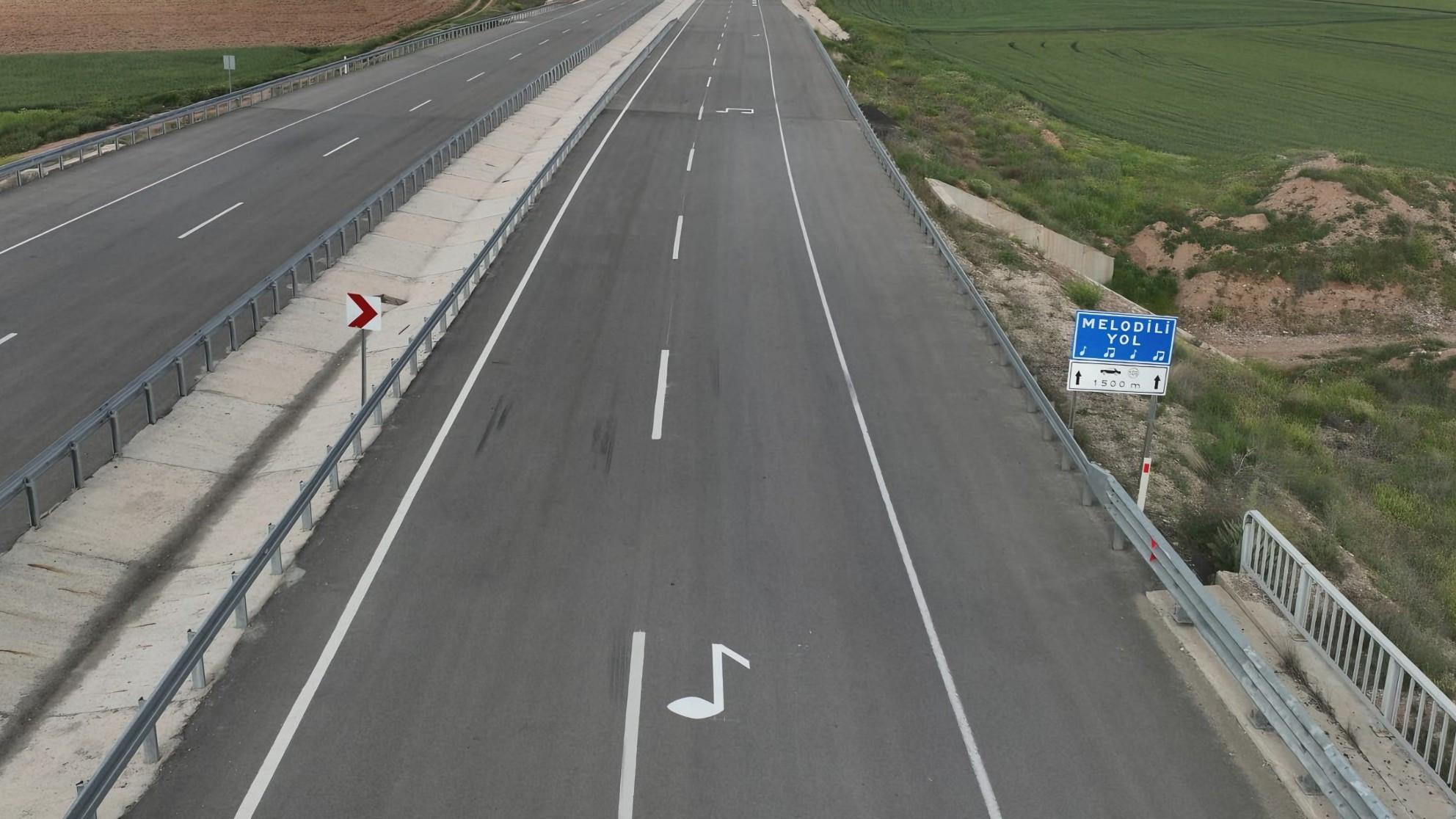
Türkiye has taken a pioneering step in road innovation by unveiling its first musical road, located along a road in the capital Ankara’s Nallıhan district, the Transport and Infrastructure Minister has announced.
Speaking on the project, minister Abdulkadir Uraloğlu said the implementation uses grooves or markings placed at specific intervals on the road surface.
As vehicles pass over these at a constant speed, the vibrations and resulting sounds come together to form a recognizable melody, in this case, Mozart’s "Rondo Alla Turcai" or Turkish March.
"These marks or grooves are intended to provide a melodic sound provided that cars go by at a specific pace. Every groove or marking on the surface is arranged to provide a distinct frequency tone,” Uraloğlu explained. “When drivers maintain a steady speed, the vibrations and sounds generated by the vehicle align to create a clear musical tune.”
For the musical road system to work at its best, certain conditions should be in place, according to the minister. The road needs to be flat and smooth, without surface damage, and vehicles should be able to keep a steady speed of around 100 kilometers per hour.
Uraloğlu also highlighted that the system works better on roads with light traffic, especially where heavy vehicles are rare, to avoid quick wear and keep the melody clear.
The first section of the project, carried out by the General Directorate of Highways, was completed at the 21st kilometer of the Nallıhan – Beypazarı road. Uraloğlu said the project was carefully planned to ensure it would not affect the nearby wildlife development region.
Work began on May 12 and concluded on May 16.
A second installation is already underway as authorities on May 17 launched work on another section located at the 37th kilometer of the Ankara – Eskişehir road, near the Kertek area just outside Sivrihisar.
The minister emphasized that in countries where similar roads exist, projects near residential zones have led to noise complaints. To prevent this, they are implementing these features away from populated areas.